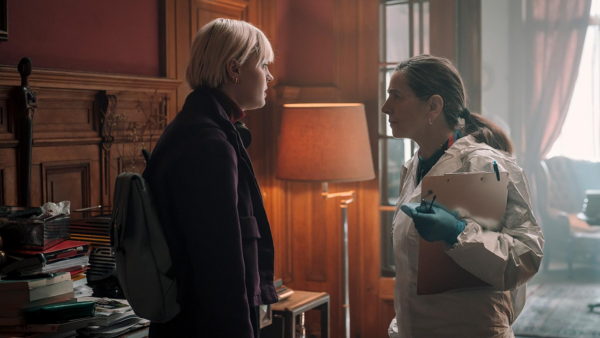
Is your child ready for toilet training?
Oct. 18, 2023
Learning to use the toilet is a big step for your child. Most, but not all, are ready between ages 2 and 3. It can be one of the most difficult developmental phases that both children and parents experience together. Your little one is trying their best to develop their physical abilities, react to external pressures and understand relationship dynamics.
The American Academy of Pediatrics recommends waiting for several developmental signals that indicate your child may be ready to begin the toilet training process.
Does your child understand what to do? Can they take their clothes off? Do they want to use the toilet? Remember to encourage your child, but do not force them. As each step is achieved, their self-esteem and confidence are also developed.
Follow these helpful tips from First Things First about toilet training your little one.
Don’t rush your child
Before starting toilet training, look for signs your toddler is ready. Beginning too soon can be frustrating for both of you and can make the whole process take longer. Here are a few signs that your toddler is ready to take the throne:
- Her diapers are dry for at least two hours or after her naps.
- She fusses or asks to be changed when her diaper is wet or dry.
- Her bowel movements are regular.
- She asks to use the potty or wear “big kid” underwear.
- She can walk to the bathroom, help undress herself and follow simple directions.
- Her face or posture shows when she is ready to go.
- Always be patient and move at your child’s pace. Don’t force it.

Provide consistent support
“We would let him feel wet, and then sign the word potty in sign language. That way he began to connect and communicate”. — Camila and Tom E., Scottsdale, AZ
Your child is better able to take on new challenges when they feel supported and encouraged by you and other important adults. There are several ways to help familiarize them with using the toilet.
You can read them books about the potty, post visual reminders in the bathroom or use their favorite stuffed animal to show them how it’s done. And most importantly, make sure to praise your child’s efforts, successful or not. After all, mistakes are a part of learning.
What to do at night
Patience and support may be even more important at night. Many children still need a diaper when they go to sleep, even when they use the toilet during the day. If an accident happens, do not make your child feel ashamed. Remember, it may take three to six months before your child learns to use the toilet during the day. Staying dry all night can take longer. Be patient. Over time, your child will have fewer accidents.
For helpful content about parenting, explore more resources from First Things First. Also share your tips for toilet training by visiting us on social media at @ArizonaEducator on X (formerly known as Twitter) or Arizona PBS KIDS on Facebook.
About First Things First

First Things First is Arizona’s early childhood agency, committed to the healthy development and learning of young children from birth to age 5. Learn more about early childhood programs at FirstThingsFirst.org.























